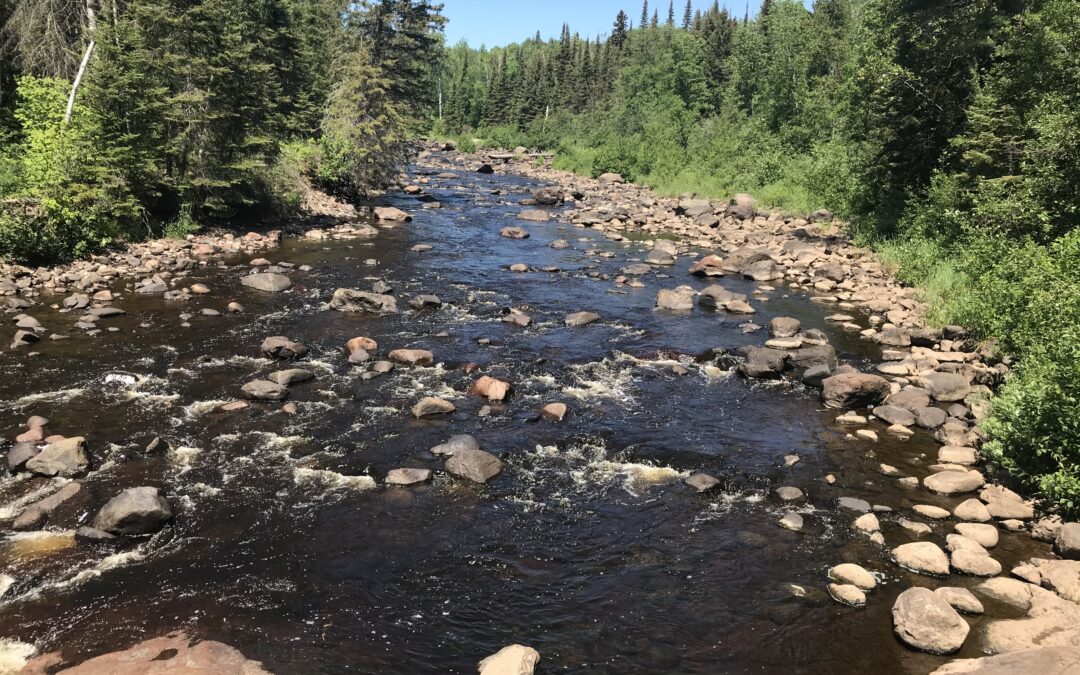Developers and landowners should be aware of the complex laws surrounding impacts and alterations of streams. This regulation process is designed to prevent loss of critical stream function and habitat, however there are many nuances to each step of the process. Let’s review the basics of stream mitigation and provide some examples of what can be done to ensure the ongoing balance of allowing projects to happen and protecting our water resources.
What is Stream Mitigation?
Stream mitigation is federally required to compensate for unavoidable adverse impacts on existing streams. When a developer or landowner has a project that will cause impacts to a stream, they have to apply for a permit before construction of the project can begin. The applicant will have to demonstrate that they made every reasonable effort to avoid and minimize the project impacts to the stream and then they will have to quantify the impacts to the stream through the use of the Stream Quantification Tool (SQT). Once the impacts are quantified, the developer or landowner will have to provide mitigation for those impacts before their project permit is granted.
These regulations began about five years ago in Minnesota and Wisconsin. Many other Midwest states like Illinois, Iowa and the Dakotas and other regions around the United States have similar requirements.
When is Stream Mitigation Required?
Stream mitigation is typically required for larger projects or those with significant impacts on stream functions. This includes activities such as extending culvert or bridges, channel relocations, channelization, dredging, and armoring. The following table summarizes acceptable project thresholds based on the severity of the impact.

This comprehensive document from the St. Paul District of the U.S. Army Corps of Engineers explains that these rules are designed to help protect our natural stream resources. When individuals or companies cannot avoid harming streams, rivers, or other water areas, they must undergo “compensatory mitigation” to compensate for the losses.
“Compensatory mitigation” means fixing or improving other water areas to replace the ones that were damaged or lost. This can include projects like restoring degraded streams in a different area of the project, or by purchasing available credits from a mitigation bank that has already done the restoration work somewhere else and is in the process of or has completed required performance and monitoring criteria to ensure the quality of the restoration is acceptable. . These regulations help keep the state’s water resources healthy and balanced.
Examples of Stream Mitigation Activities
Stream mitigation involves various activities aimed at restoring the affected stream ecological functions:
- Stream channel restoration
- Creating floodplain shelves
- Creating or improving pool-riffle complexes
- Large woody debris installation
- Stream bank stabilization
- Riparian buffer expansion
- Riparian vegetation enhancement to include grasses, shrubs and trees
- Fish passage improvement
- Culvert improvements
- Removing small dams/obstructions
- Increased stormwater management
- Stream daylighting which means returning streams put into pipes back to the surface
By following these guidelines, stream mitigation can effectively restore stream functions and contribute to environmental sustainability.
Your Partner in Stream Mitigation Assistance
At Midwest Wetland Improvements, we have deep experience in using the Stream Quantification Tool and planning and designing stream restoration projects and stream mitigation banks. We work with property owners from beginning to end, by identifying issues, prioritizing options, developing the project plan, creating a budget plan, overseeing the process, completing regulatory permitting, and coordinating required inspections.
Reach out today to learn more about our process and schedule a site visit!


Recent Comments